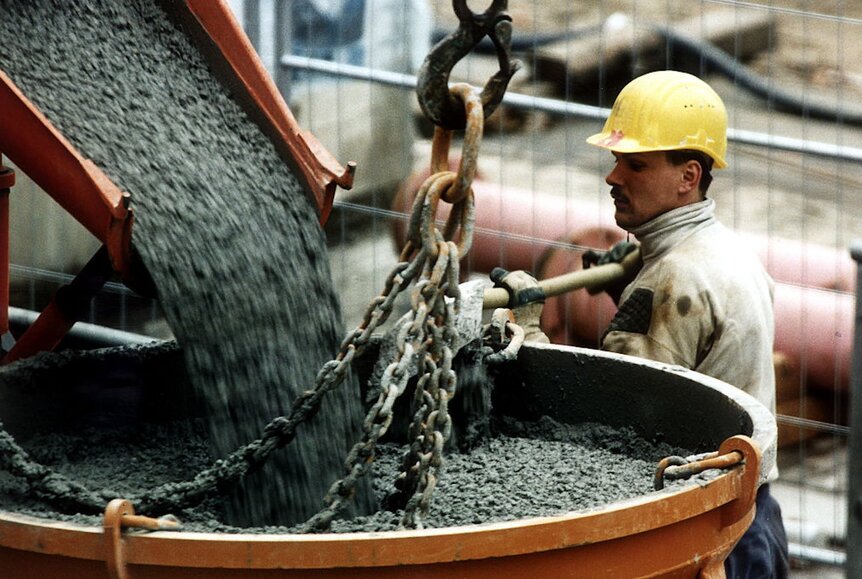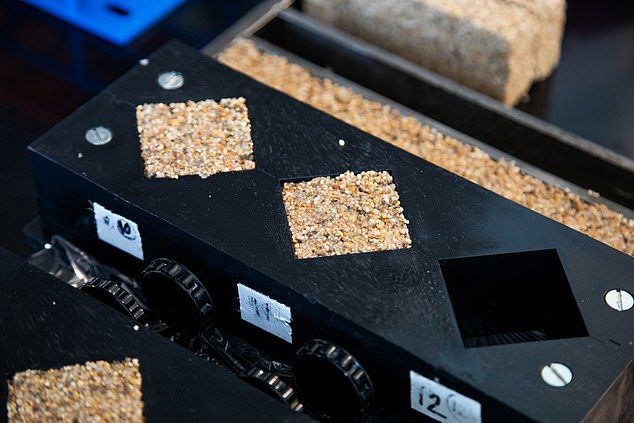Create a free profile to get unlimited access to exclusive videos, sweepstakes, and more!
Scientists create monstrous 'living concrete' that regenerates itself

In the world of building materials, concrete is king, as you just can't compare the basic aggregate compound for strength, availability, longevity, and value.
But its creation is not exactly considered healthy for the environment. Improving on the longstanding construction favorite is sort of like building a better mousetrap, but that hasn't stopped scientists from exploiting technology to create an astounding new eco-friendly variety of "alive" concrete that can actually rebuild itself.
This greenish, Frankenstein-like substance comes courtesy of researchers at the University of Colorado in Boulder, who have discovered how to concoct a remarkably durable material that captures and reproduces carbon using crystallized minerals deposited via photosynthetic cyanobacteria.
The process by which this "living concrete" is manufactured was published this week in the online journal Matter, describing how common cyanobacteria microbes capture energy through photosynthesis and will subsequently absorb carbon dioxide, the opposite effect of normal industrial concrete that ejects huge quantities of greenhouse gases during its formation.
A self-generating concrete that's good for the planet could have a pronounced impact on engineering and building industries not only worldwide, but in space colonization applications, and indicates a promising new category of low-carbon, designer-based construction materials.
This intriguing project was all funded by DARPA, the Department of Defense's experimental research division, which needed a fast process for creating a living concrete. Researchers in Colorado began blending cyanobacteria with a cocktail of sand and nutrients, producing a calcium carbonate that bound the sand particles together, but the process was extremely slow.
"It really does look like a Frankenstein material," structural engineer and project head Dr. Wil Srubar said in a New York Times statement. "It's a lot like making rice crispy treats where you toughen the marshmallow by adding little bits of hard particles."
Srubar thought to include gelatin in the mix in an attempt to strengthen the matrix being crafted by the industrious cyanobacteria. This stroke of genius added structure and united with the busy bacteria to help the living concrete replicate stronger and quicker.
Findings reported that biomineralization increased the fracture toughness of living building materials (LBMs), and that three successive generations of LBMs were created from one parent generation with microbial viability being maintained through 30 days.
"This is a material platform that sets the stage for brand new exciting materials that can be engineered to interact and respond to their environments," Srubar said. "We're just scratching the surface and laying the foundation of a new discipline. The sky is the limit.
"We’re not pigeonholed into using some particular kind of sand, we could use waste materials like ground glass or recycled concrete,” he added.
Is self-replicating, self-healing cement the wave of the future, or the perfect source material for some unwritten Hollywood horror screenplay?




























